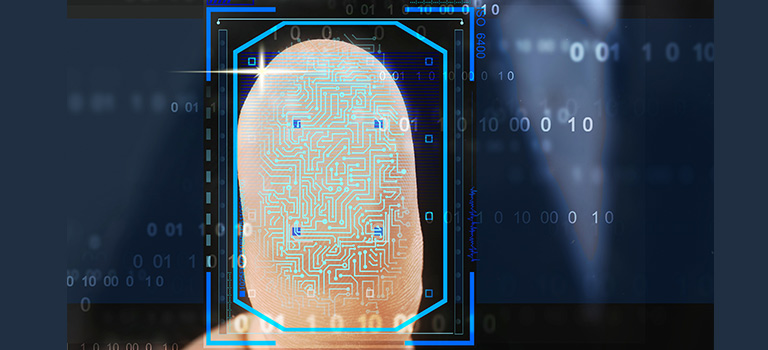We are under the attack of many assailants. Malicious actors can harm us in so many ways that we cannot even fathom it. The most common tactic they use is by stealing someone’s identification and using it as their own. For this reason, many IT technicians are working on new technologies to get rid of these kinds of menaces. One of the most talked about technologies is Virtual Private Network (VPN).
Many people are using free VPNs to attain security, keep their activities anonymous, and encrypt their traffic. Around 49% of users use them for security reasons while 40% of them need VPNs to maintain their privacy. However, there is another method of security that many people are unaware of. Technicians gave creation to the technology called Fingerprint Scanners.
What Is A Fingerprint Scanner?
A fingerprint scanner is a device used to identify a person by scanning their fingerprints. We have several ridges on our fingers. Additionally, every person has a unique pattern. Hence, a fingerprint scanner scans them to identify us.
There are also many types of fingerprint scanners. Some of these are as follows:
- Optical reflexive
- Capacitive
- Mechanical
- Thermal
- Dynamic output
How Do Fingerprint Scanners Work
The sensor avails a light-penetrating microprocessor that can either be a charge-coupled device or a CCD, or a CMOS image sensor. In doing so, this creates a digital picture. Following this, the processor examines the image mechanically, choosing just the fingerprint, and then uses refined pattern-identical software to turn it into encryption.
This is merely how one type of scanner works. In the other kind, i.e., the capacitive type of scanners, the scanner scans the gaps between our ridges.
So when a person places his or her hand on any object, the ridges are the part that touches the surface. Therefore, these ridges are logged and the gaps distances are measured. In this way, the pattern is recorded. In other words, it means the distance between two ridges that never came in contact with the surface is noted down.
Uses Of Fingerprint Scanners
Fingerprint scanners greatly benefit humanity.
They:
- are a secure form of identification.
- reduce the work of the human brain.
- increase the efficiency of work security.
- help log people quickly.
Following are some pieces of equipment in which a fingerprint scanner is being used.
1. Laptops and Computers
Fingerprint Scanners are used prominently and most beneficially in our everyday laptops and computers. Thankfully, we have an option of creating a fingerprint configuration. This way, we can keep our laptops and PC’s secure from external attacks. Additionally, we can prevent someone from getting in without permission.
A fingerprint configuration will keep your information safe if you ever lose your laptop.
2. Smart Phone
Smart Phones hold a lot of our personal information. We keep friends/relatives numbers, personal photographs, and sometimes even our notes and private documents. Additionally, in the worst cases, we have banking apps with our credit card information or even social security numbers stored. Therefore, we can use fingerprint arrangement in our phones to keep such information safe and protected.
If your phone is ever stolen, a lock and a fingerprint confirmation will help prevent your information from being leaked or abused.
3. Online Banking
Just like phones and laptops, we also need fingerprint scanners in online banking. Malicious actors often target bank account details like code pins or account numbers. Therefore, using fingerprint scanners ensure that only you can access your bank information.
4. Automatic doors
Today, industrialization has increased so much that office and home security is moving towards automatic doors. However, these doors open only with the correct fingerprint scan. We call this a biometric lock. A person can add their fingerprints to it and then the door will open only when it scans those fingerprints.
Privacy And Security
Of course, we cannot say that fingerprint scanners are 100% reliable. There are ways to hack them. Hackers always find a way to invade into your personal and professional life. Here are some shortcomings regarding fingerprint scanners:
- Hackers can use a 3D system of mildew that is created from a preserved fingerprint.
- Mischievous and evil hackers can forge your fingerprint with the assistance of tools which are as plain as a luminous or transparent film and a circuit scribe.
- Scanners can malfunction and prevent the user from full access if their skin is wet or if too much dust gathers on the devices.
Thus, you see fingerprint scanners does not guarantee privacy. Therefore cyber-crime departments should work more on the security of fingerprint scanners. However, these shortcomings in this relatively new technology does not negate the fact that fingerprint scanners are and will continue to be very helpful and eventually essential.
Tags: Banking, Biometrics, Cybersecurity, data protection, Data Theft, Fingerprint Scanners


